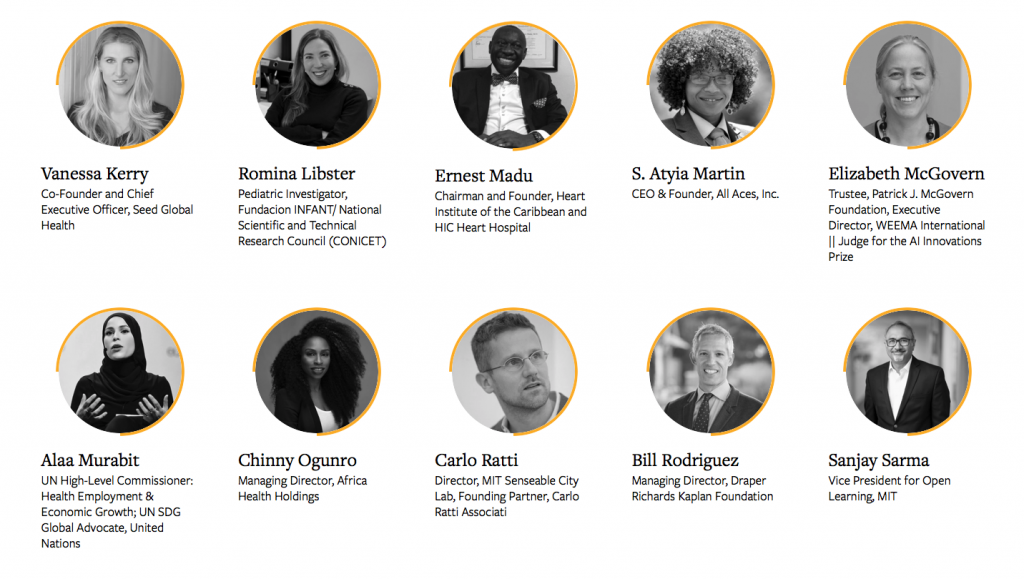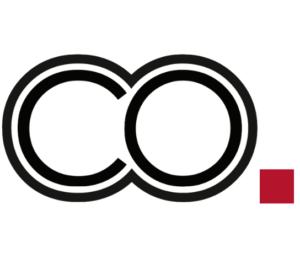Over the past couple of years, I’ve been fortunate to join a few boards, steering committees, and leadership groups that focus on business, health, education, and entrepreneurship. One of these is the Massachusetts Institute of Technology’s Healthy Cities Leadership Group for their Solve initiative. Having been in the healthcare field ever since I was a university student, I was very excited about having the opportunity to see what different teams of healthcare tech entrepreneurs from around the world would be able to come up with as solutions to the most pressing issues.

“Solve is a marketplace for social impact: we find tech entrepreneurs from around the world and broker partnerships across our community to scale their innovative work—driving lasting, transformational change.”
Now, imagine me—a healthcare system owner-operator who flew into New York straight from Lagos for MIT Solve finals and United Nations General Assembly—sitting in a room to judge some of the most innovative and forward-thinking solutions to the world’s everyday health problems. The problems we face in trying to deliver health services across Africa are sometimes so rudimentary, that these solutions really showcased what the rest of the world is concerned with. A million neurons were firing across my brain with excitement each time a Solver team presented, and I was constantly in awe of what the teams were doing using science, technology, and sheer grit.
See some of my favorite Solver teams (and me laughing & focusing & gasping as a judge) in the pitch videos below.
Within the Healthy Cities Challenge, The Solve Community aims to support solutions which center on improving the mental and physical health of people in cities and slums. These solutions can target anything ranging from sanitation and dirty water, to air pollution and unhealthy food. When we consider just how much of an increase the population of already densely populated cities like Mumbai, Lagos, and New York will continue to be over the coming decades, it’s imperative we find viable solutions to living healthy lives, and fast. As I judged the Solvers, a few key take-aways came to mind for me.

Think globally, not just locally, when looking for opportunities.
As I was judging the amazing finalists we had for this year’s Healthy Cities challenge, I noticed that many geographies were left out. Over the past 7 months, as we have been assessing the thousands of Solver team solutions that came in, only a miniscule number were from anywhere on the African continent, and an even smaller number of those solutions were even sophisticated enough to meet the requirements of the Challenge. This isn’t for lack of talent and intelligence in Africa, but largely because of lack of visibility about these potential solutions.
More needs to be done to increase awareness about opportunities like MIT Solve for as many people as possible from all different geographies and socio-economic income status groups. Talking to myself as the man in the mirror (cue Michael Jackson), I could certainly have done more to publicize the Challenge. In an attempt to increase the diversity of countries that submit successful solutions, I will also be working more closely with individuals at incubation hubs and social enterprise startups across different countries to increase their awareness about MIT Solve.

There’s a lot to be learned by looking at what other fields/industries are doing
Many of us have a very targeted focus on only what we are doing. By this I mean that many professionals—whether in the medical field, law, entertainment, food service, or whatever industry—only look to the practices taking place within the areas we already know. I, too, have been guilty of this in the past. When looking for a way to solve XYZ problem, we naturally gravitate to what we know from industry XYZ. That way of thinking greatly limits the scope of our success.
Watching the Solvers, I saw solutions that were borrowed from all different types of fields/industries and applied to the healthcare setting. “I saw this work for food deliveries, and realized it would be great for healthcare” or “I heard about this approach in the energy sector and realized it was applicable for retail pharmacy chains” were the types of statements that many Solver teams made in their applications, not solely by the finalists. This is the type of open-minded approach that we all need to start taking for many aspects of our work and career.
Recently, I’ve been periodically speaking to and shadowing the leaders of different types of companies completely unrelated to healthcare, and I have learned A LOT! Some of the tools and techniques I learned about, we have been applying to our hospitals and clinics as we march toward our goal of providing high-quality, affordable healthcare goods and services across Africa. These cross-industry insights have really been instrumental toward taking our operations to the next level.
One of my favorite other female healthcare entrepreneurs, Temie Giwa-Tubosun, founder & CEO of LifeBank, also served as a judge after winning as a Solver last year! I think we both learned a lot and added LMIC insight (not to mention color!) to the judging panel. We didn’t get a chance to take a photo of just the two of us, as we both had to dash off to different United Nations General Assembly (UNGA) meetings afterwards. We did get a group photo, though!

Solutions don’t have to be expensive, they just need to work in each specific environment.
We sometimes trap ourselves within the mindset that price is an indicator of quality, usefulness, or effectiveness. While this is true in many cases, it is not always the reality. Quite a number of the solutions the Solver finalists pitched were relatively low-cost. While the time, money, and energy that went into developing the solutions were quite significant, the actual cost of the products and services they were pitching were quite affordable for all.
What was more important was that the best of these solutions made sense for the specific geographies and cultures they were being deployed in. In our judging deliberations, some of the discussion centered around whether the solution was fit for the specific segment of the population it was targeting. That key criteria is essential for impact, and something that I fear many entrepreneurs who are trying to make change in the Global South fail to effectively address. Always be aware of the good and bad aspects of what your target population may experience on an every day basis, and develop your solution with that in mind.
That’s it for this year’s MIT Solve Healthy Cities Challenge. Over the next several months, I will be mentoring some of the Solver teams across the world and supporting them through the process of making their Solutions an everyday reality. It truly is an honor and a privilege to get to work with such amazing social impact entrepreneurs. As I teach and coach them, they also teach and coach me to better understand how to make impact in geographies outside of my own areas of expertise. I’m certainly looking forward to the next Challenge.





